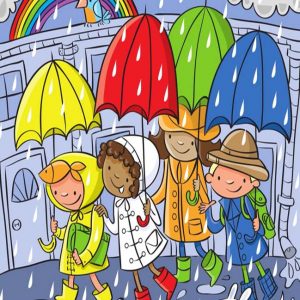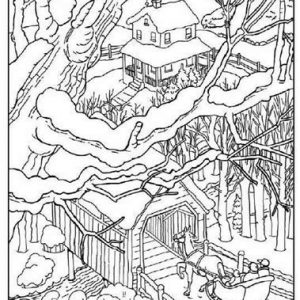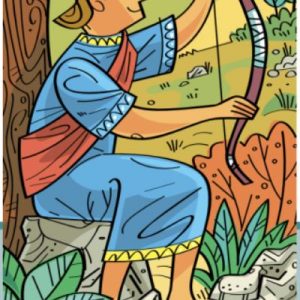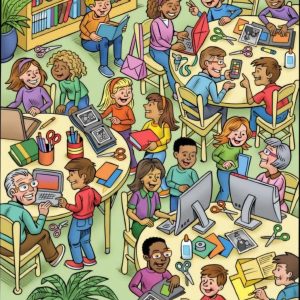Backyard BBQ Mayhem: Why “Spot the Mistake” Puzzles Like This Are Brain Fuel in Disguise
At first glance, this image looks like your typical sunny backyard barbecue. Burgers sizzling on the grill, kids playing badminton, fresh watermelon on the table, and cold drinks being passed around. But the more you look, the more things seem… off. Why is that dog sitting at the table like a guest? Is that woman really serving plates while missing her feet? And what’s a slice of watermelon doing levitating?
Welcome to the joyful confusion of a “Spot the Mistake” visual puzzle—a brilliant blend of entertainment, attention to detail, and brain-building fun.
These colorful and quirky illustrations aren’t just about laughs or silly surprises. They challenge your brain to spot inconsistencies, observe tiny details, and stay focused, all while keeping the mood light and fun. Let’s break down the magic behind these puzzles and why this backyard scene is more than just a cookout gone wrong.
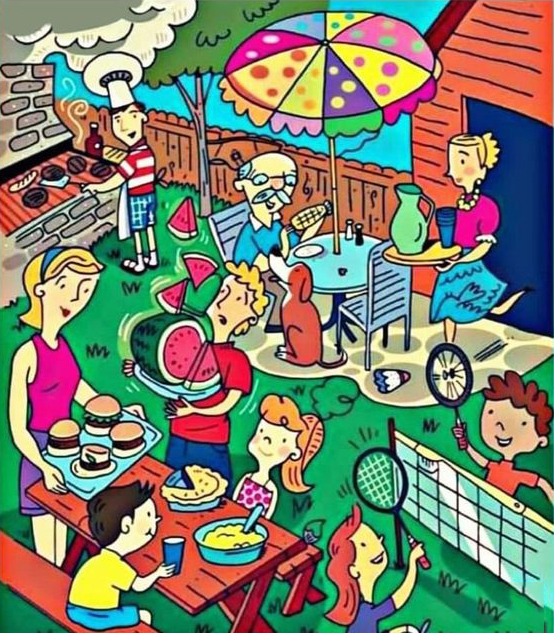
The Power of Visual Puzzles: More Than Meets the Eye
These image-based riddles are wildly popular—and for good reason. They’re a clever form of mental exercise disguised as play. From the floating burger buns to the woman whose legs disappear into thin air, every oddity you find activates critical areas of your brain responsible for visual processing, memory, and logic.
And best of all? You don’t need a timer, a score, or even a screen to enjoy them. Just your eyes and curiosity.
What “Spot the Mistake” Scenes Do for Your Brain
Every time you pause and think, “Wait a second, that umbrella has pizza slices instead of polka dots…” your brain is working overtime. Let’s explore how this silly scene is a serious mental workout:
Boosts Visual Perception and Awareness
You can’t solve this kind of puzzle without observing the fine details. Whether it’s a man grilling with only one shoe or a badminton racket with no netting, these small visual glitches train your brain to spot discrepancies. This skill is crucial in everyday life—like noticing a typo, catching a small error in a report, or even finding your car keys in a cluttered room.
Enhances Short-Term Memory and Recall
You’re not just looking—you’re comparing. You hold the idea of what should be normal and search for what’s wrong. That mental balancing act between expectation and reality sharpens your working memory and your ability to mentally juggle small pieces of information at once.

Improves Attention Span and Focus
With so many details jammed into one image, your brain has to lock in and tune out everything else. This single-tasking approach builds deep focus, something we all need more of in a distracted world full of notifications and noise.
Promotes Logical Thinking and Reasoning
When you spot a mistake—like someone grilling an ice cream cone—you naturally think, “That doesn’t belong here.” Your brain processes why it’s wrong and files that logic away. This strengthens your critical thinking skills and sharpens your ability to evaluate, question, and reason.
Why These Puzzles Are Perfect for Kids (and Their Growing Brains)
For kids, puzzles like these feel like play—but they’re packed with educational benefits:
- Develops Observation and Pattern Recognition: Kids learn to distinguish between what belongs and what’s out of place. That translates to stronger reading and math skills.
- Encourages Patience and Persistence: Finding every error isn’t always easy. Kids learn to stick with a task, even when it gets tricky.
- Improves Language and Reasoning: When children explain what’s weird in the image (“That watermelon is floating!”), they’re using descriptive and analytical language.
- Fuels Imagination and Storytelling: Kids love making up stories about why things are wrong—like a grandpa eating a hot dog with a spoon or a fish swimming in the lemonade jug. That creativity spills over into writing, speaking, and play.

Adults, You Need This Too: Puzzles Aren’t Just for Kids
We all need a break. But not all breaks are created equal. Scrolling endlessly or zoning out doesn’t offer the same benefits as five minutes with a visual puzzle.
- Unwinds the Mind: These puzzles are a great way to relax while still keeping your brain engaged.
- Trains the Eye for Detail: This skill is crucial for professionals in fields like design, editing, tech, and finance.
- Prevents Cognitive Decline: Regular mental challenges help keep memory sharp and thinking flexible as we age.
- Releases Stress Through Humor: Let’s be honest—spotting a woman holding drinks with her apron instead of her hands is downright funny. And laughter is the best stress reliever.
How to Tackle These Puzzles Like a Pro
Here are a few quick strategies to help you spot more mistakes, faster:
- Scan the Image in Grids: Mentally divide the picture into sections and check each zone systematically.
- Question the Logic: Ask, “Would this happen at a real barbecue?” Anything that doesn’t make sense probably shouldn’t be there.
- Zoom In on People and Objects: Most mistakes are in clothing, food, faces, or objects behaving oddly (like a watermelon being cut upside down or a dog eating at the table).
- Compare Common Items: Look for things that repeat—like multiple plates, racquets, or food trays—and see if one looks off.

Make It a Family Game or Classroom Activity
These puzzles are perfect for group fun. Gather the kids, your family, or even students and turn it into a game:
- Set a Timer: Who can find the most mistakes in 3 minutes?
- Draw Your Own: Have kids make their own “silly backyard” scene and hide 5 strange things in it.
- Turn Mistakes into Stories: “Why is there a shoe in the punch bowl?” Let everyone invent a wild explanation!
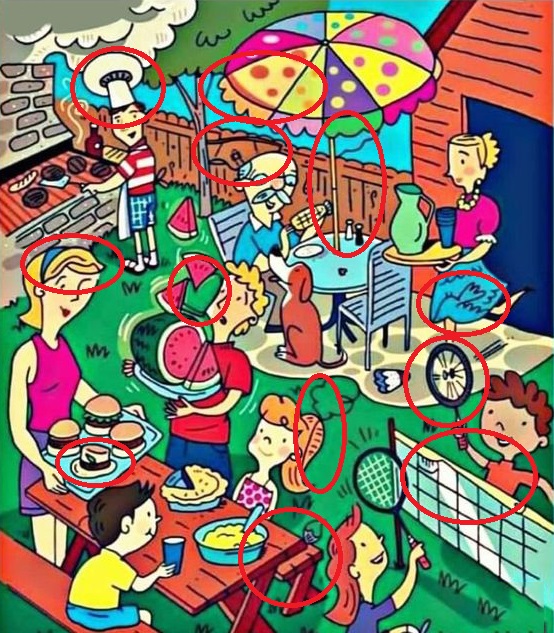
Conclusion: A Backyard Full of Laughs—and Learning
That colorful cookout scene might look like a chaotic cartoon, but it’s actually a brilliant brain-training tool wrapped in humor and fun. From the upside-down watermelon slice to the floating badminton racket, every mistake you catch makes your brain sharper, faster, and more focused.
So next time you need a break that’s equal parts engaging and relaxing, grab a puzzle like this one. Laugh at the weirdness, spot the silly details, and give your mind a gentle boost. Because sometimes, the best way to grow your brain… is to look for what doesn’t belong in a backyard barbecue.
